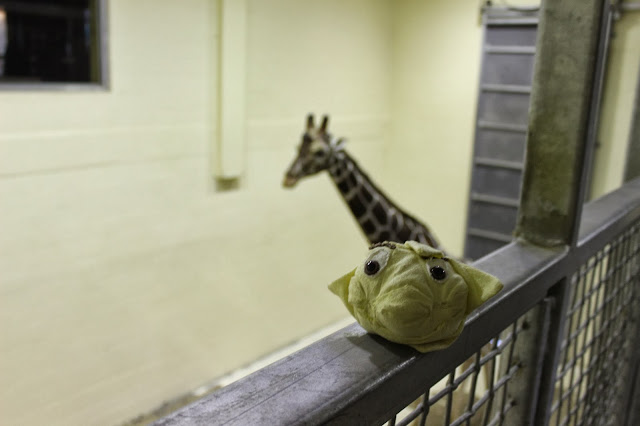Each institution has done something to help visitors with exceptionalities. The Saint Louis Art Museum has special tours, the Missouri History Museum has Brailled many of their exhibit labels in the past, the Zoo has an amazing pictorial tour map for visitors who have an Autism Spectrum Disorder, and the Missouri Botanical Gardens has guided tours and a few line drawing tactiles.
The group experienced the program just as the visitors would, pausing to ask questions as we went. The Botanical Gardens was especially excited to get started making their own tactile books and has planned to come back in the future to see how the EZ-Brailler thermovac machine we have works.
It was really uplifting to meet with colleagues from around the city and see how they all are really trying to make a difference for all of their visitors too. Here's to Saint Louis' cultural institutions becoming more and more accessible to all visitors!
It was really uplifting to meet with colleagues from around the city and see how they all are really trying to make a difference for all of their visitors too. Here's to Saint Louis' cultural institutions becoming more and more accessible to all visitors!





